Which kombucha is really healthy?
Just because it says kombucha doesn't always mean it's real! Healthy, refreshing, full of probiotics, good for the gut and the immune system... These are just a few of the key words about the fermented tea drink.
You hear a lot about the miracle drink! Does this apply to everything you find in the supermarket or online shops? We have put together 7 simple facts for you. These will make it easier for you to choose the right purchase.
Checklist for real unpasteurized kombucha
1. Glass bottle
Kombucha should be bottled in a glass container and not a metal container . The naturally very acidic drink continues to ferment without being cooled. The organic acids could react negatively with the steel and contaminate the drink. Using glass bottles is also more sustainable for our environment .
2. Unpasteurized
With raw kombucha, some sediment or small mini tea mushrooms and yeasts often form at the bottom . These deposits are a good indication of unpasteurized and unfiltered production. The many valuable ingredients that can arise during fermentation are still alive. Simply shake the bottle gently and the deposits are gone. So always go for products that are labeled as “raw” and “unpasteurized.”
3. Correct ingredient order
As with most foods, good quality can be identified by the order and composition. For a high-quality kombucha you don't need more than these 4 ingredients: water, a tea extract based on black tea or green tea, a kombucha culture and sugar. In addition, natural ingredients such as a fruit juice or herbs or other natural additives can be added. In addition, the kombucha culture should not be listed at the end of the ingredient order.
4. Organic ingredients and no additives
As with most foods and drinks, it is an advantage to support companies labeled with an organic seal. You can also make sure that the kombucha is kept as simple as possible. Some manufacturers add various artificial additives or extracts to the tea drink after fermentation. These only serve to optimize the taste and are actually unnecessary.
5. Natural Fermentation and Live Cultures
Some bottles contain ingredients such as herbal tea fermentate concentrate, apple cider vinegar and acidulants. These provide evidence that natural fermentation with a tea mushroom never occurred. For a true kombucha, only the kombucha cultures should be listed . The exact number or content of certain “probiotics” also indicates industrial production. Probiotics were subsequently added in the form of dietary supplements.
6. Short shelf life and refrigerated storage
Naturally fermented and unpasteurized kombucha usually has a shelf life of no longer than 9 months when stored refrigerated. If it is not refrigerated in the supermarket and lasts much longer than this period of time, it is not “raw”. It is either pasteurized or has not been traditionally fermented. Attention: Kombucha can be labeled “raw” even if fermented in a non-traditional way!
7. Color, smell and consistency
Last but not least, your good sense of smell and taste will help you determine whether it is a high quality drink. It usually smells slightly sour and yet fruity.

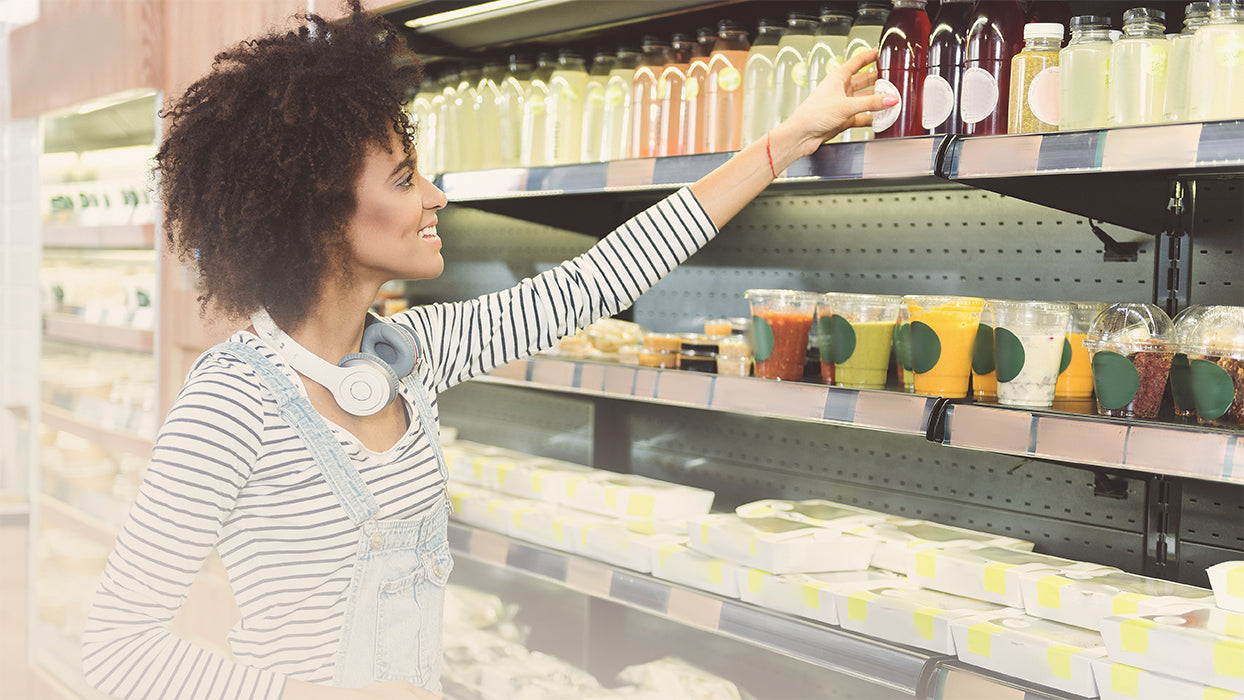




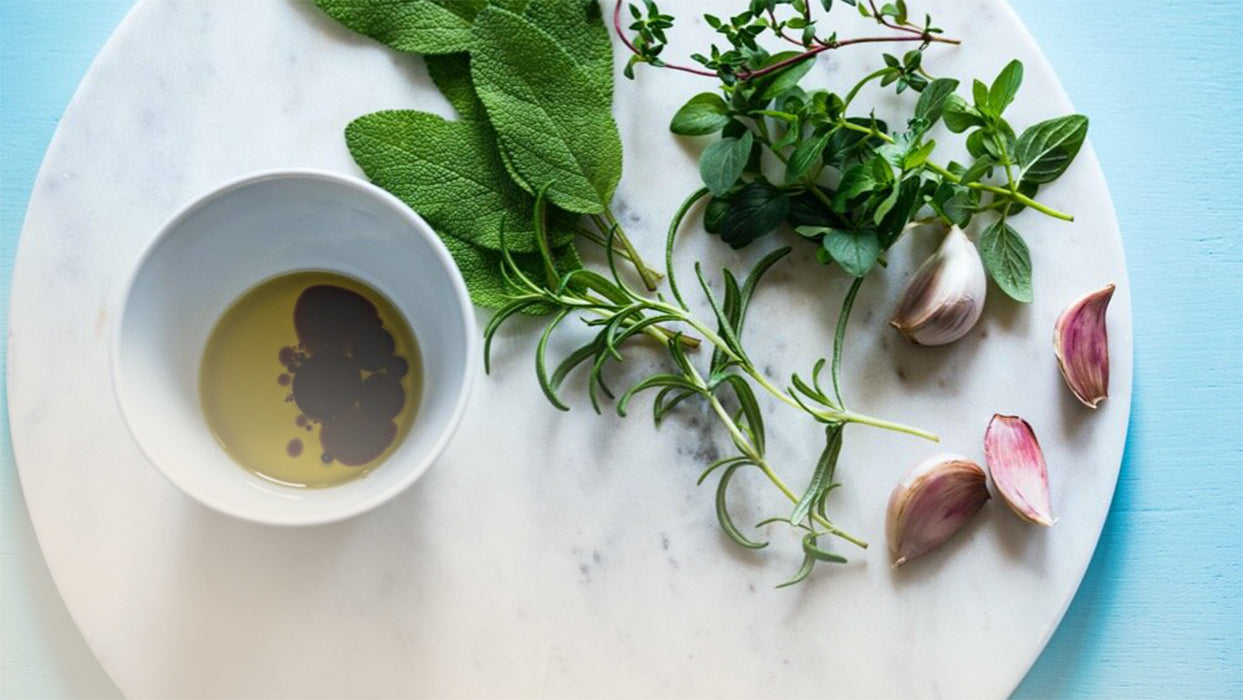


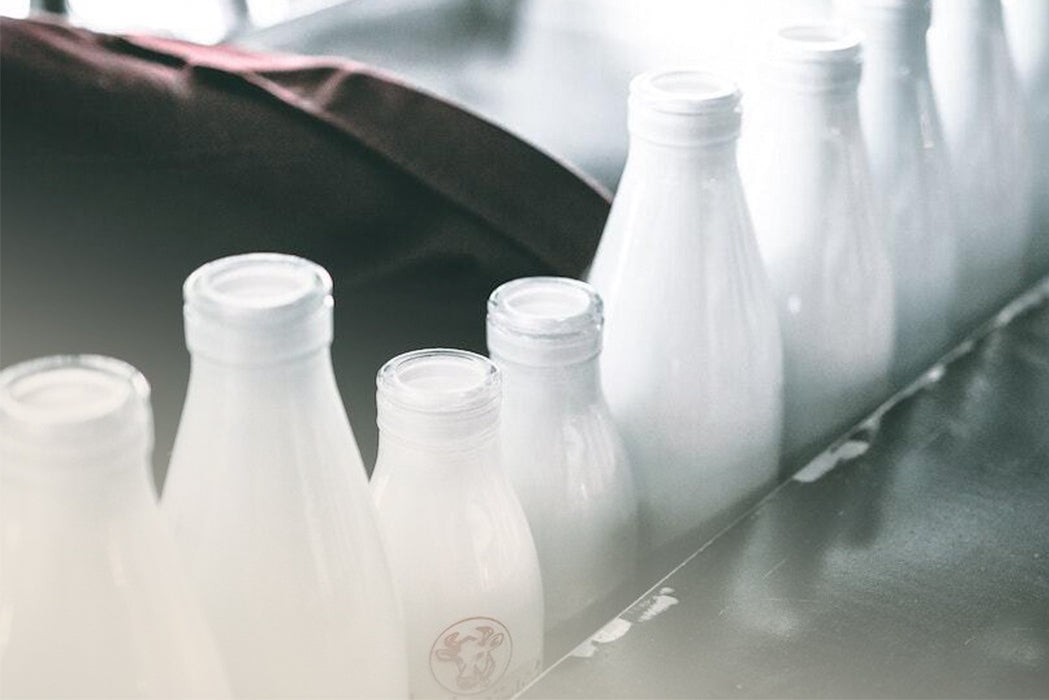

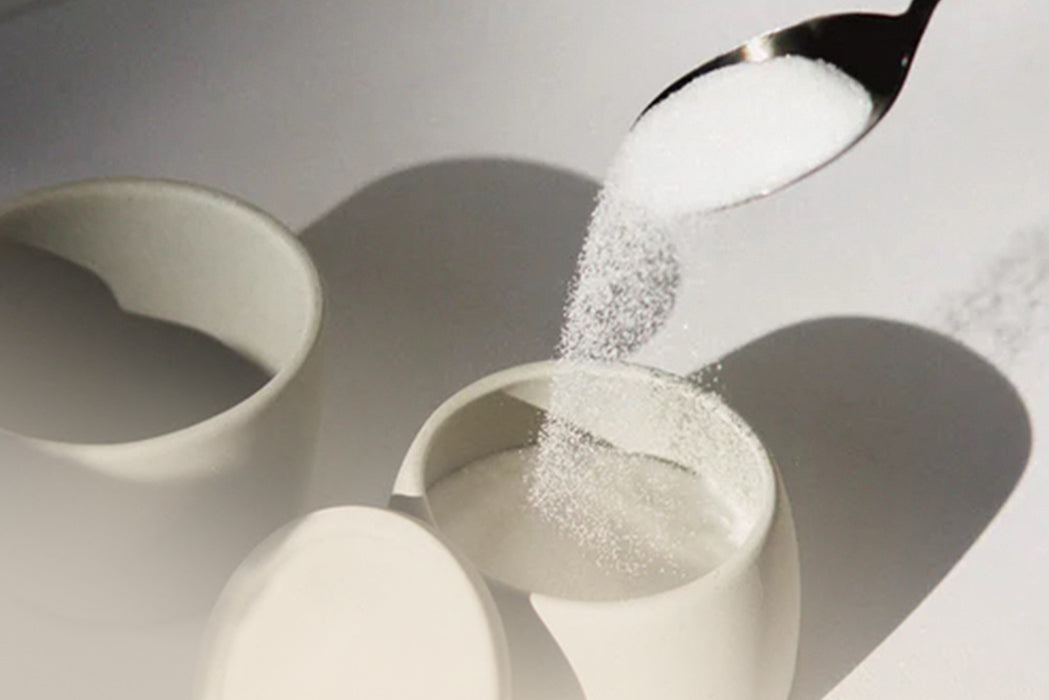
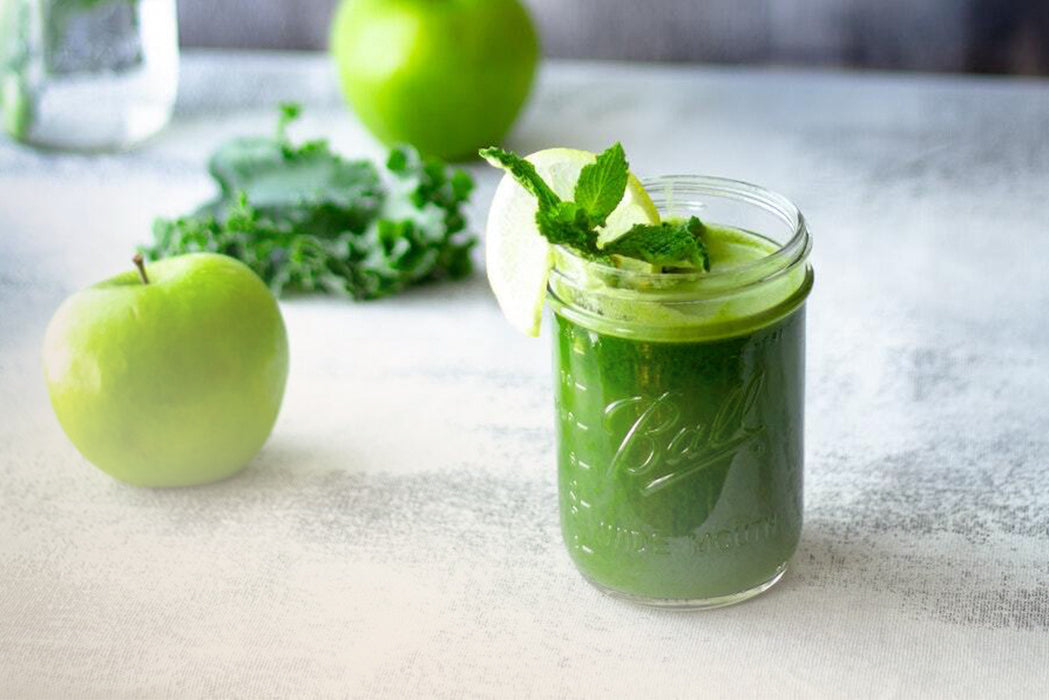
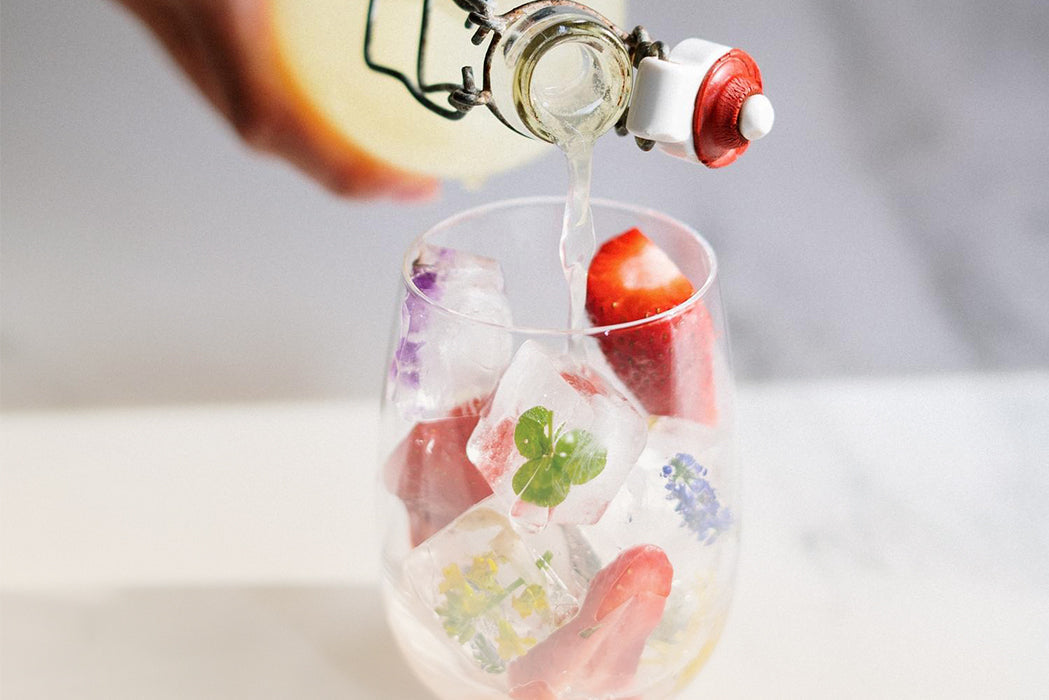
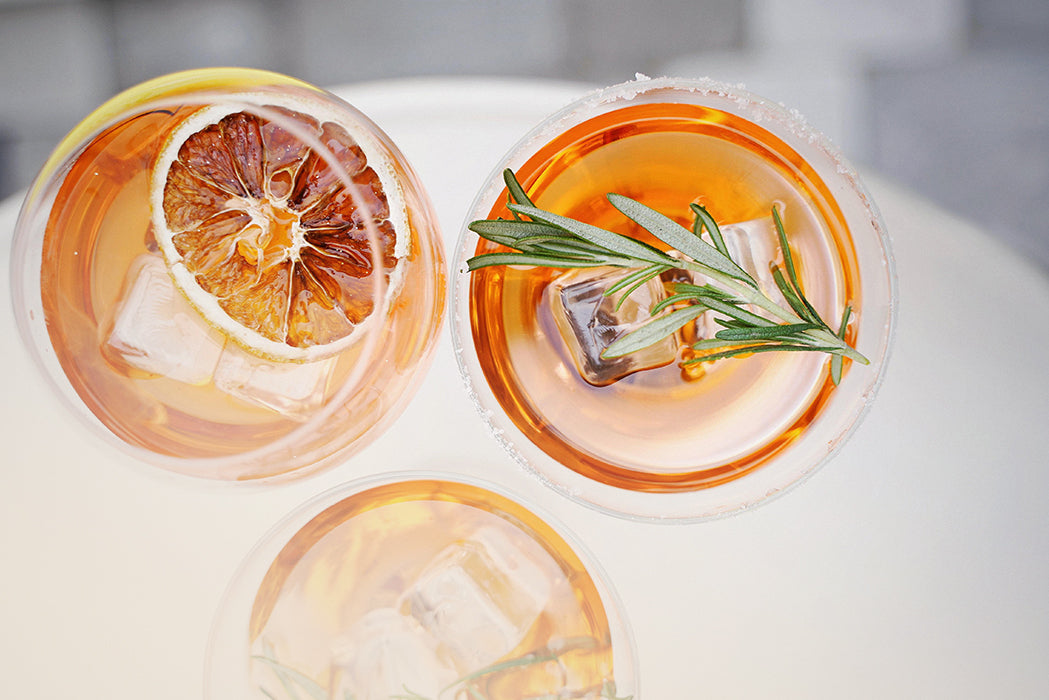
Teilen: